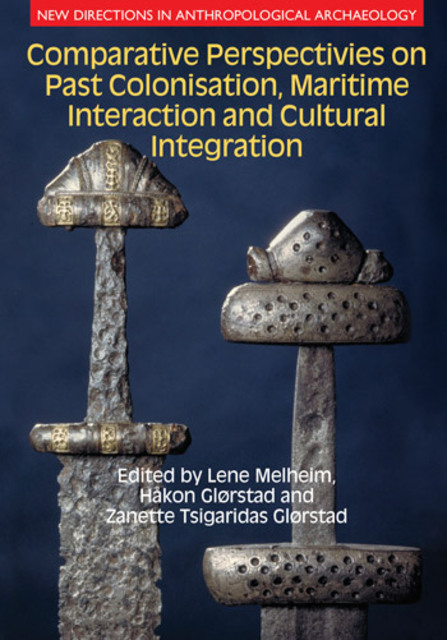Melheim et al./Comparative Perspectives, 6. Nothing to Lose: Waterborne Raiding in Southern Scandinavia

Full description
Christian Horn investigates the interchangeability of geographical and social liminality by specifically pointing to the correlation between coastal landscapes, ‘islandscapes’ and waterborne passages, and weapon deposits in the Late Neolithic and Early Bronze Age. The interplay between diverse levels of liminality implies a form of reciprocity between warriorhood and seafaring, and calls attention to the interplay between exchange, raiding and ritual associated with the seascape as a practical as well as a cosmological arena. The chapter tries to build a model to understand why people in the Late Neolithic and Early Bronze Age of Southern Scandinavia buried weapons in the ground. This weaponry is used to a large extent in combat. Thus, an explanation cannot rely on trade-like models of commodity exchange. In an attempt to understand the weapons in their own right it will be argued that waterborne mobility in the form of raiding potentially plays an essential role in the distribution of archaeological weapon finds. The theoretical model of liminality provides the background for explaining the choice of object and the choice of place. It will be argued that both are rooted in warfare and the means of reaching the localities of war, and in the challenge of dealing with the liminality of war and the liminal state of the warrior. It will be shown how warfare and the landscape in which it took place structured ritual activities. Secondly, the evidence from use-wear analysis of weapons will be used to demonstrate the high frequency of combat. Due to a largely similar landscape, along with the importance of waterborne mobility and of fighting, it is suggested that historical examples from the Viking Age may help to understand how Early Bronze Age sacrifices relate to major passages and focal zones. Combined with the evidence for fighting, these will be attributed to a social activity: raiding. The knowledge and use of passages was a means of waging war driven by waterborne and other kinds of mobility that interconnected large parts of Southern Scandinavia.
- typeImage
- created on
- file formatjpg
- file size67 KB
- container titleComparative Perspectives on Past Colonisation, Maritime Interaction and Cultural Integration
- creatorChristian Horn
- isbn9781781793930 (eBook)
- publisherEquinox Publishing Ltd.
- publisher placeSheffield, United Kingdom
- rights holderEquinox Publishing Ltd.
- series titleNew Directions in Anthropological Archaeology
- doi
We use cookies to analyze our traffic. Please decide if you are willing to accept cookies from our website. You can change this setting anytime in Privacy Settings.
